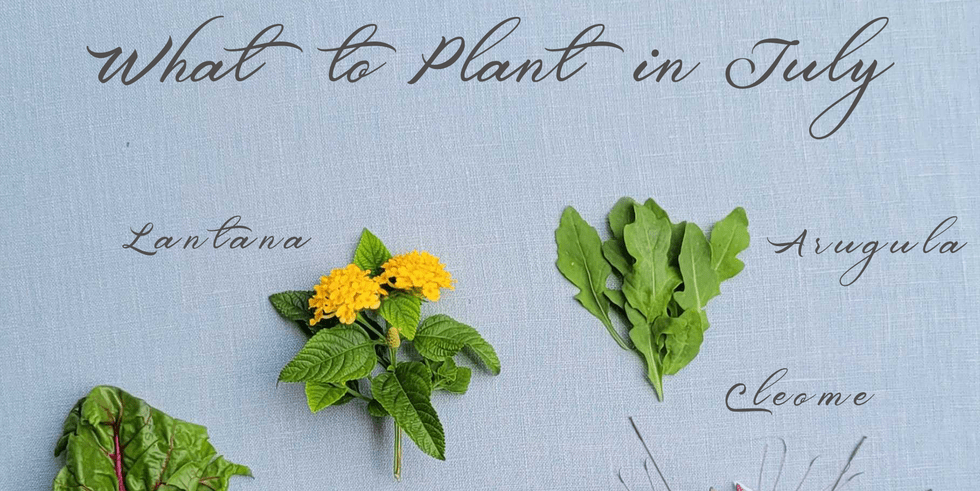Don't put those garden gloves away just yet!
BY SARAH DIMARCO, MAR 26, 2021, Veranda
With the hottest days of the year upon us, you may think it's too late to plant a few last vegetables and herbs—but don't fall for this misconception. Many edible plants can be planted in the middle of summer for a bountiful fall harvest. You can also find a few flowering shrubs and plants that mature quickly and prefer the warmer temperatures to liven up your current garden beds.
The key to summer garden success is understanding what conditions certain varieties of greens or herbs prefer so you know what to plant in your region. While people living in Georgia can afford to wait to plant their pumpkins until mid-July, that's not the case for those in the Northern U.S. Be on the lookout for when your region's first frost typically occurs to ensure your harvest has enough time to reach its full, fruitful state before that date.
Here, we take a look at 10 different types of flowers, vegetables, and herbs that thrive in the heat of July. Happy planting!
1. Verbena
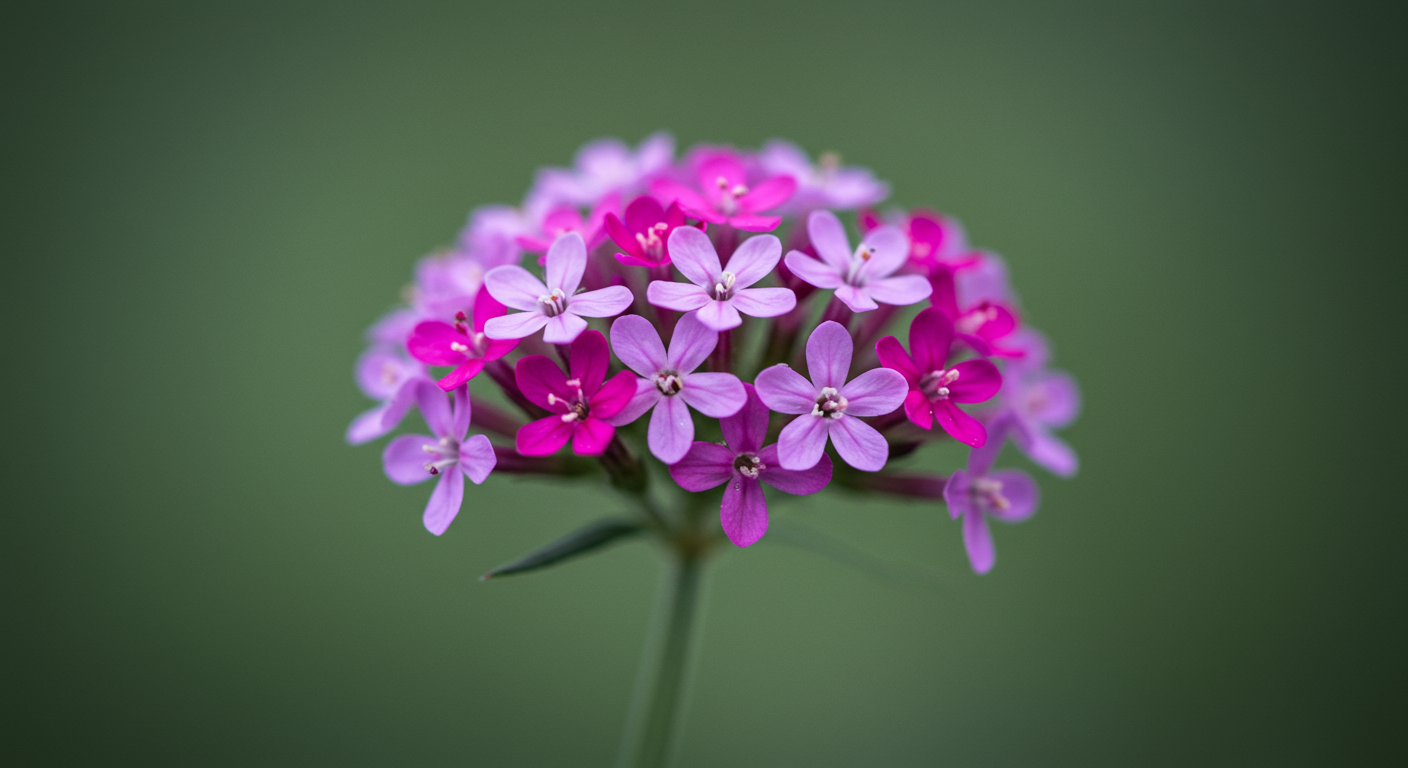
TOM MEAKER / EYEEMGETTY IMAGES
For those looking to freshen up their garden beds in the middle of summer, consider planting verbena. This beauty blooms all season long and even into the early autumn months. Both perennial and annual verbenas thrive in direct light and fairly dry soil, making it ideal to plant them in the sunniest part of the garden. These purple flowers can grow rather quickly, so be ready to trim your verbena every so often to ensure their flowers keep blooming.
2. Swiss Chard
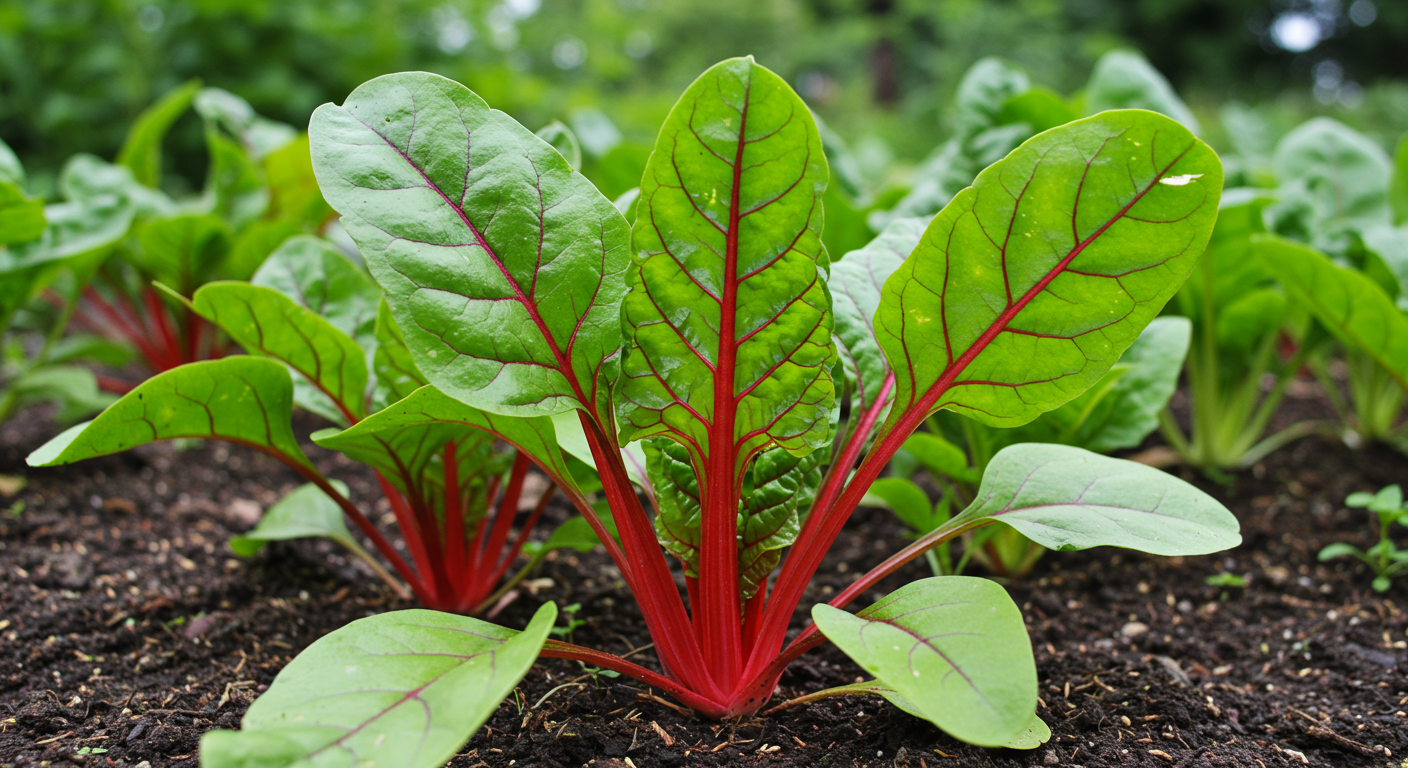
ISTETIANAGETTY IMAGES
Mid- to late-July is the ideal time to start growing cool-season plants such as hardy and delicious Swiss chard. While these leafy greens can withstand cold nights, it's recommended that Swiss chard seeds are sowed at least 50 days before the first hard frost for a fruitful fall harvest. Be sure to water your plants frequently during the seedling stage as Swiss chard is not drought-tolerant and prefers moist soil.
3. Gaillardia
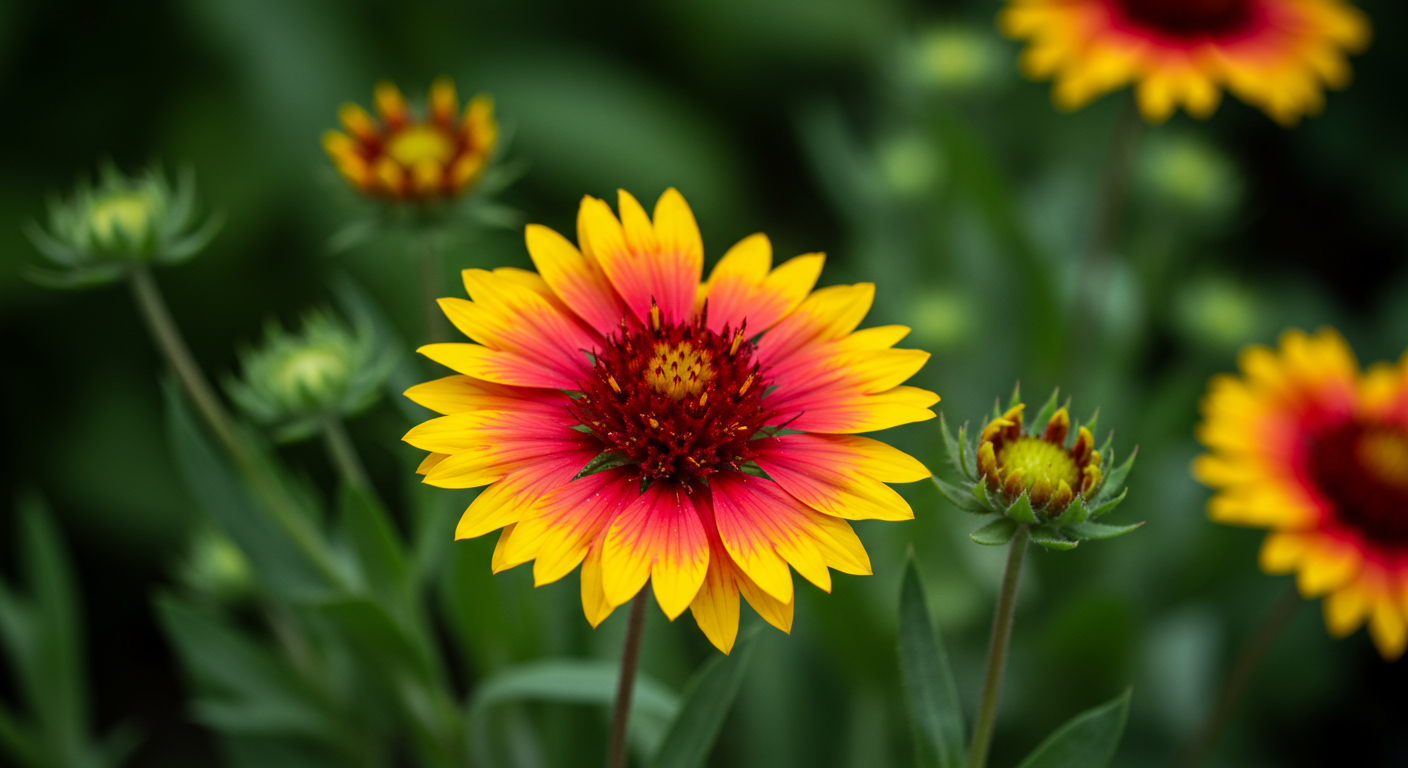
RÜDIGER KATTERWE / EYEEMGETTY IMAGES
Gaillardia earned its nickname as the blanket flower for its ability to reseed and spread its vibrant, daisy-like flowers throughout the garden. These native wildflowers bloom in warmer temperatures and last until the first frost of the autumn season. The fiery red and yellow-tipped flowers also attract natural pollinators like hummingbirds and butterflies.
4. Arugula
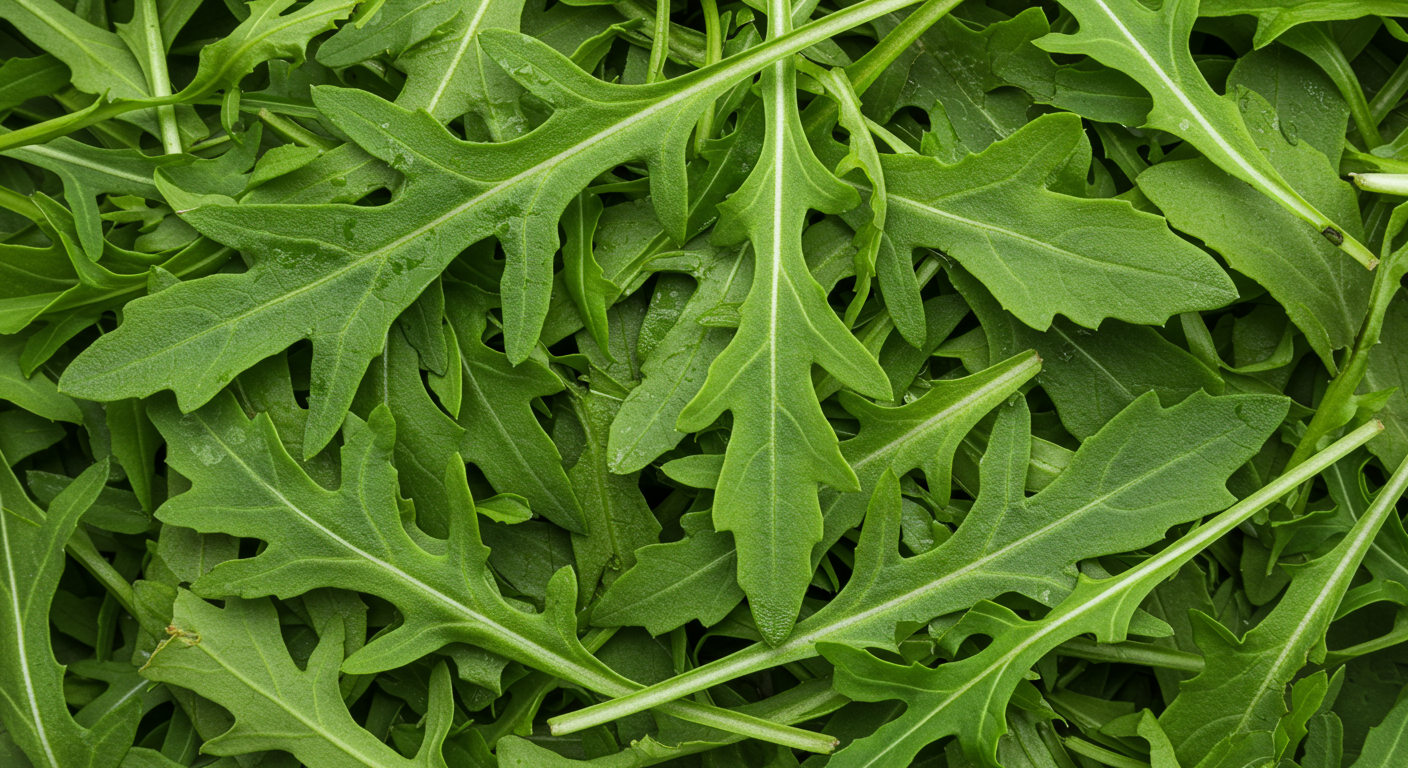
YULIYA SHAUERMANGETTY IMAGES
These peppery greens grow so quickly they are almost always ready to eat just a month after germination. Aim to plant arugula later in the month under shade to ensure it will grow in time for your fall harvest. Since arugula has a small root system, it's possible to grow the greens in smaller containers on an apartment balcony or small garden space.
5. Lantana
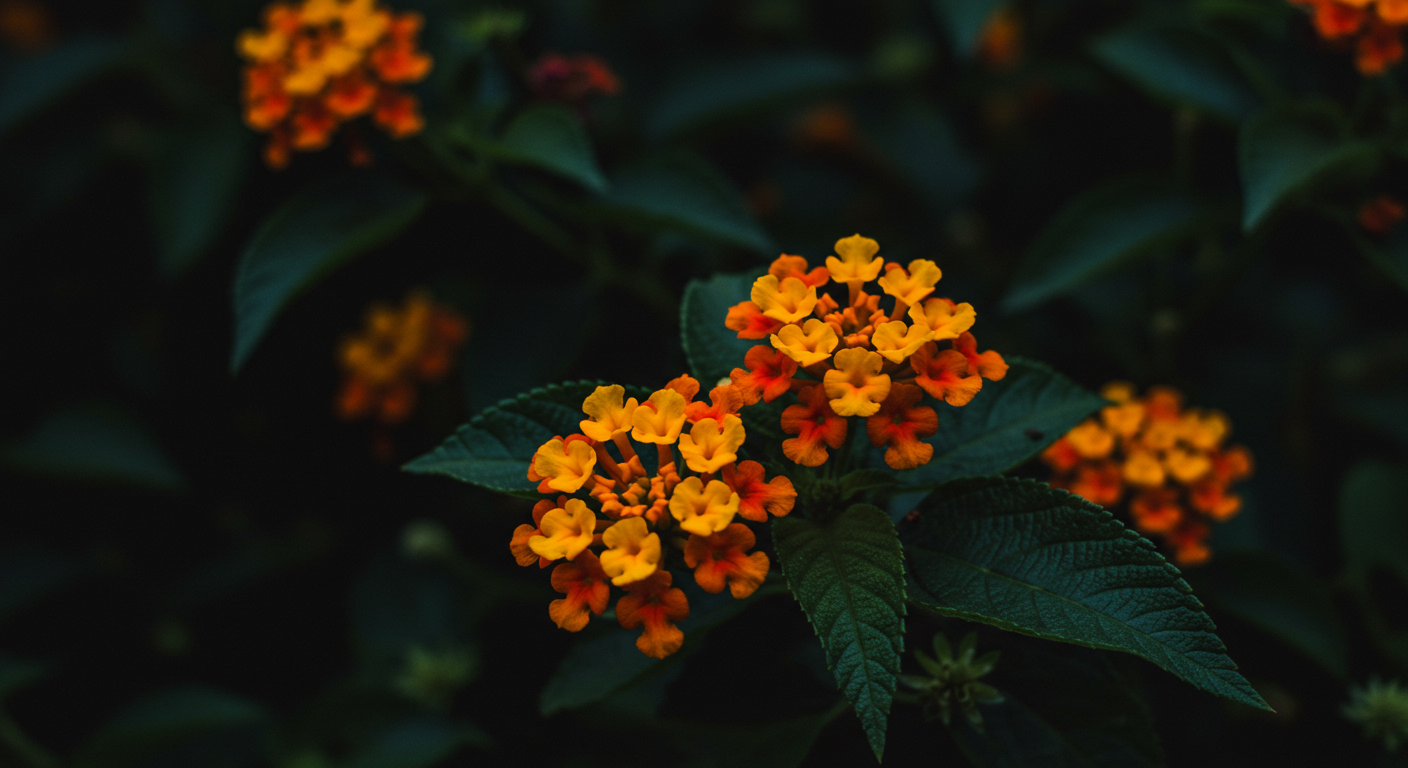
SAKCHAI VONGSASIRIPATGETTY IMAGES
An unexpected choice, lantana plants perfectly fit in the hanging baskets over your outdoor living room. One of their defining characteristics is the unique scent their flowers and leaves give off which often attracts butterflies. Lantanas should receive at least six hours of direct sunlight every day and be soaked at least once a week. If they don't get enough light, these flowering shrubs can develop powdery mildew on their leaves.
6. Carrots
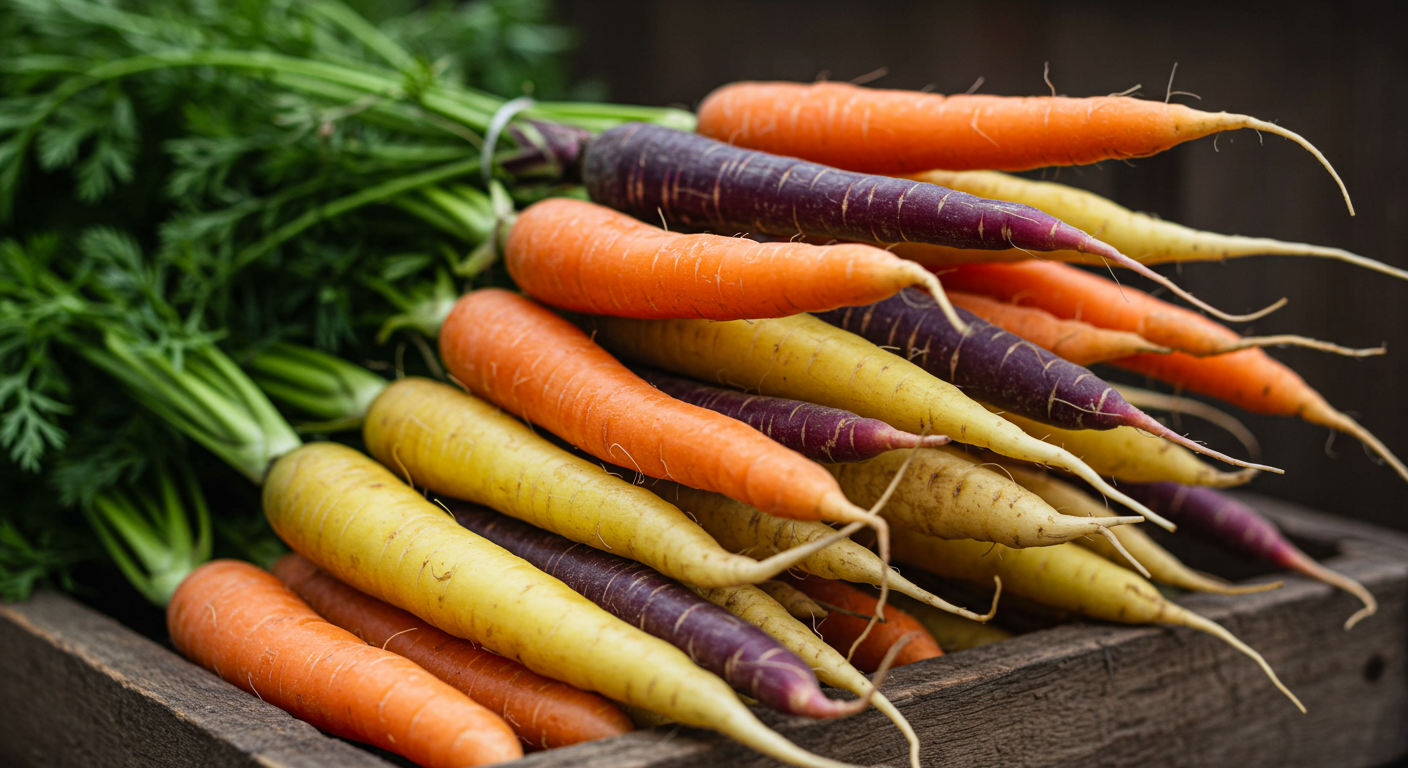
PHOTOHAIKUGETTY IMAGES
Gardeners often plant carrots both in the early spring and mid-summer months to ensure a continuous harvest through fall. Soil preparation is crucial when planting carrots as they need loose, sandy soil for their roots to grow without obstruction. It's also important to till down at least 12 inches into the ground and sift the soil to get rid of any rocks or clumps. Avoid the use of manure and fertilizer and opt for something like coffee grounds to get a bountiful harvest.
7. Cleome
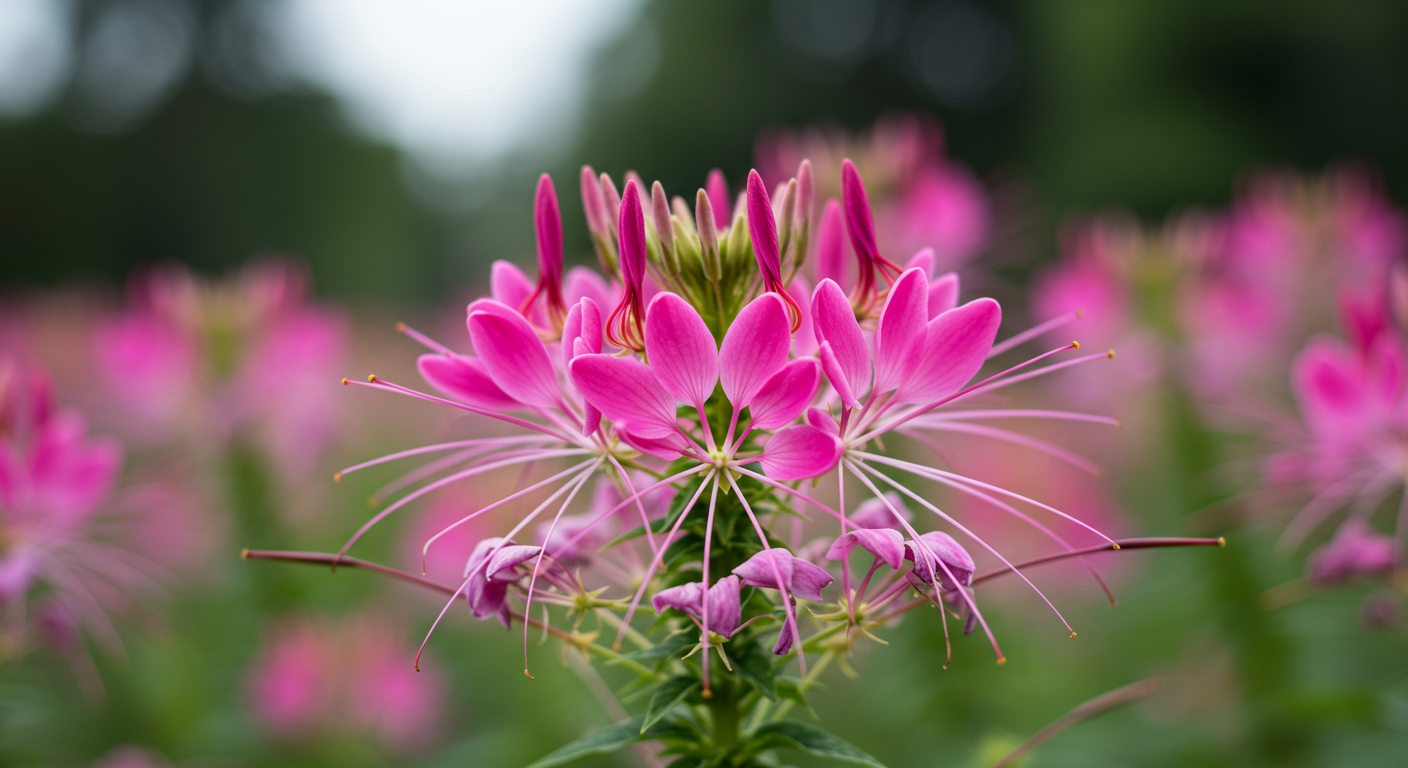
WINLY RUNGRUDEESOMBUTKIT / EYEEMGETTY IMAGES
Don't let cleome's leggy, weed-like appearance as seedlings fool you. Once these delicate, fuchsia petals bloom you'll understand why gardeners often turn to this easy-to-grow flower to add a colorful focal point to their meadows or garden borders. Cleomes thrive in hot weather conditions and full sunlight, making them perfect for gardens in the southern part of the United States.
8. Bush Beans
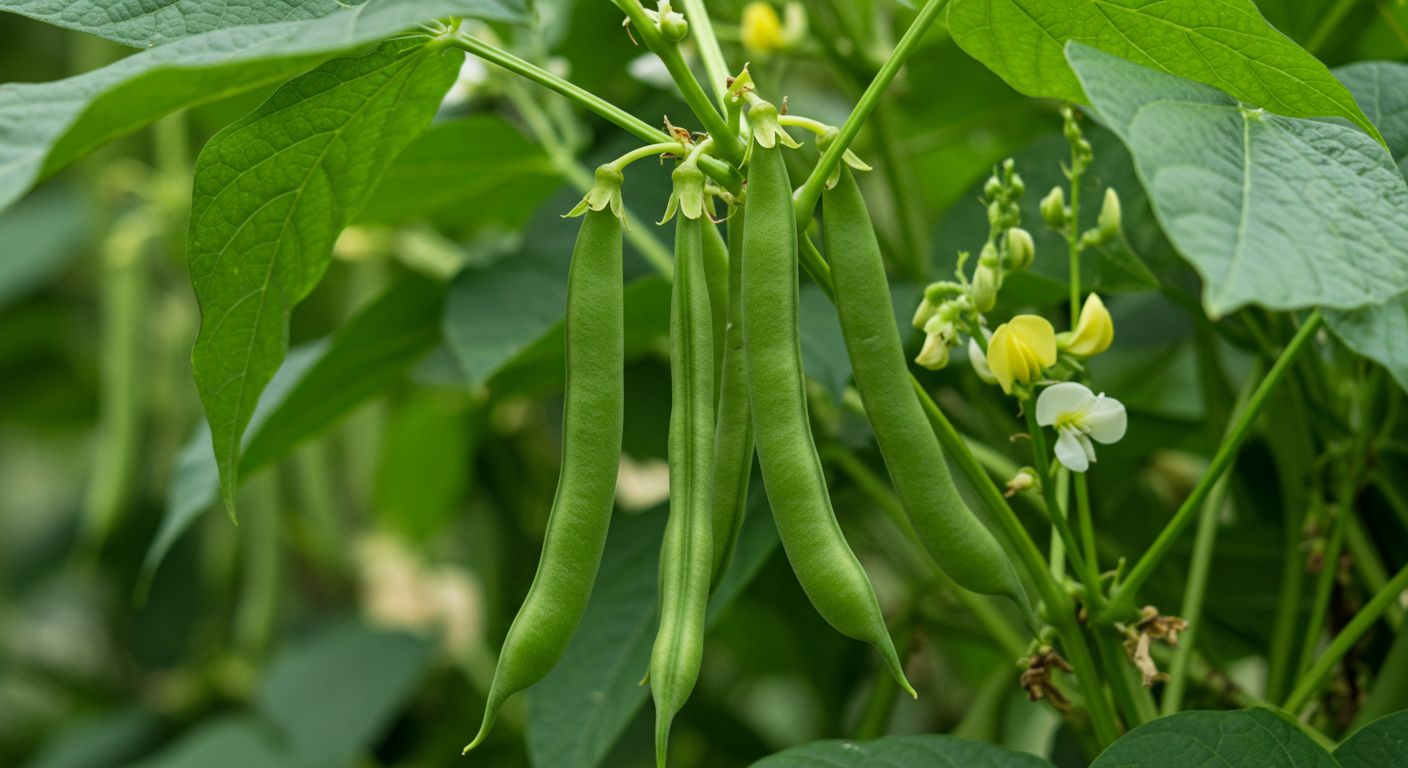
BRYTTAGETTY IMAGES
While pole beans tend to produce more beans over time, bush beans mature more quickly, allowing for one last fall harvest. Bush beans tend to mature in 45 days which means planting them in late July will have them ready for picking right before the first frost. Make sure to wet your soil thoroughly before planting your beans to cool down the soil from the summer heat—it also helps speed up germination.
9. Anise Hyssop
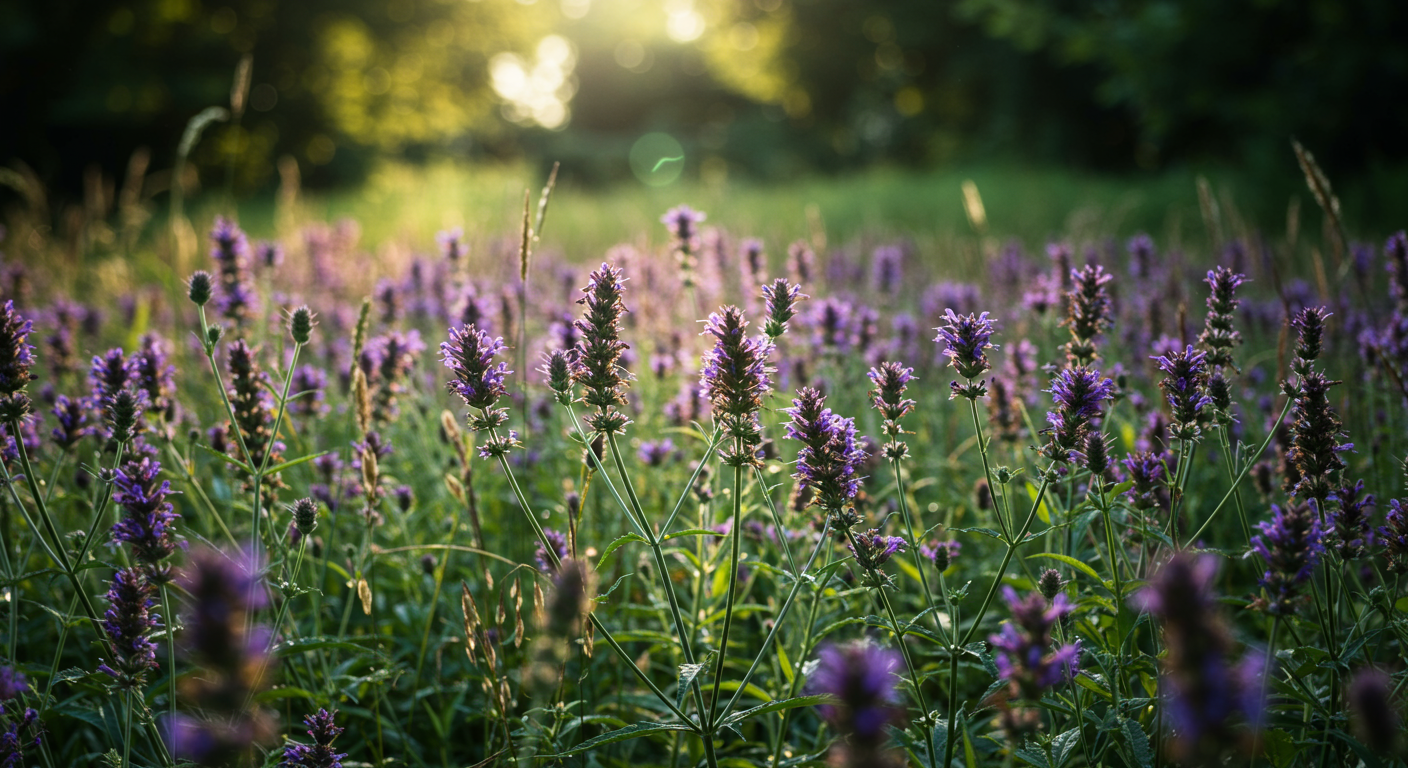
FOTOLINCHENGETTY IMAGES
An edible perennial herb native to the midwest region of North America, anise hyssop is often used in teas for its licorice-flavored leaves. The herb can easily be identified by its spikes of purplish-blue and lavender flowers and unique minty scent. Anise hyssop is easily challenged by weeds, so make sure to keep planting beds well-weeded and trimmed.
10. Pumpkin
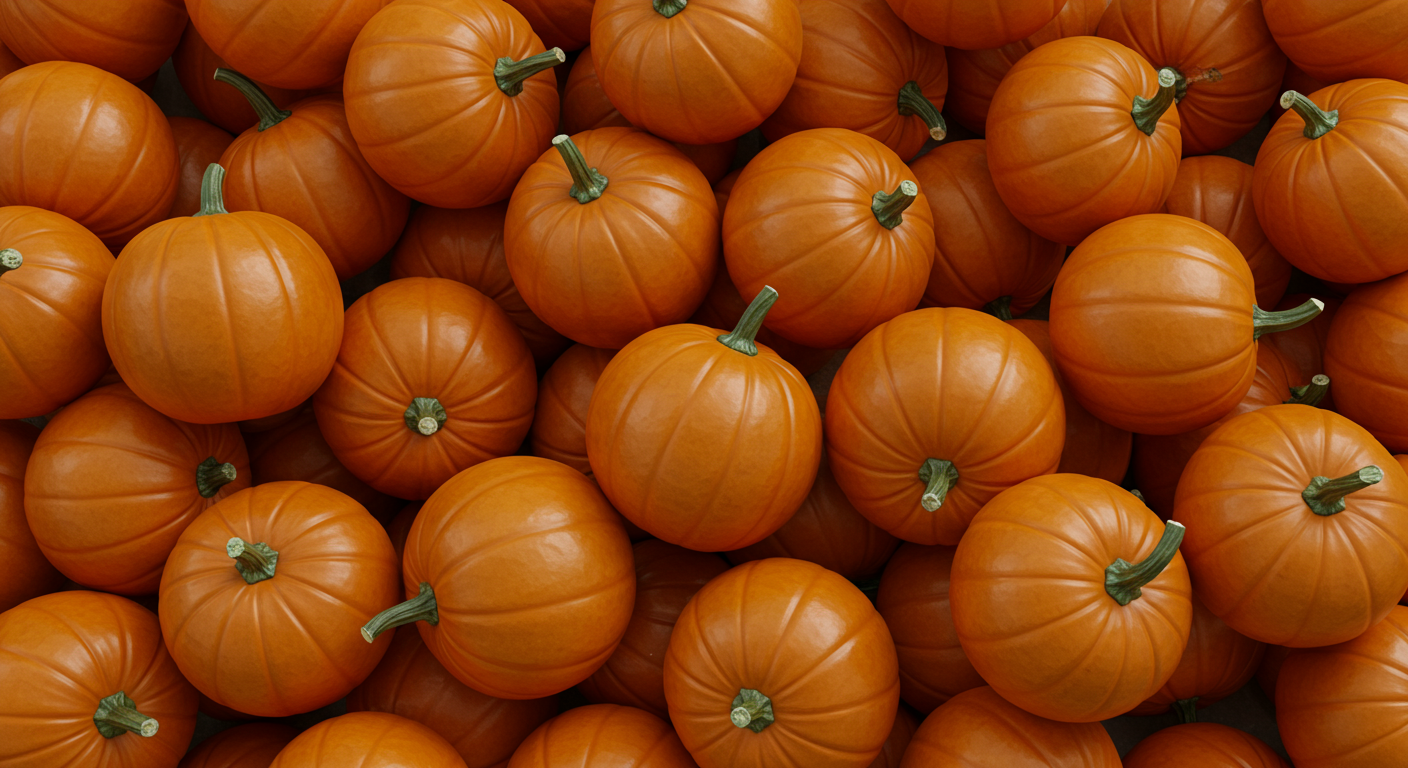
ALEXANDER SPATARIGETTY IMAGES
For those who live in warmer climates, pumpkin seeds can be planted as late as mid-July and still be ready for picking by fall. Pumpkins need warm soil, full sun exposure, and a lot of space to develop. Designate an ample amount of land in the sunniest part of your garden for these playful plants to mature. It's important to keep the vines trimmed back so the plant can focus on producing actual fruit.
